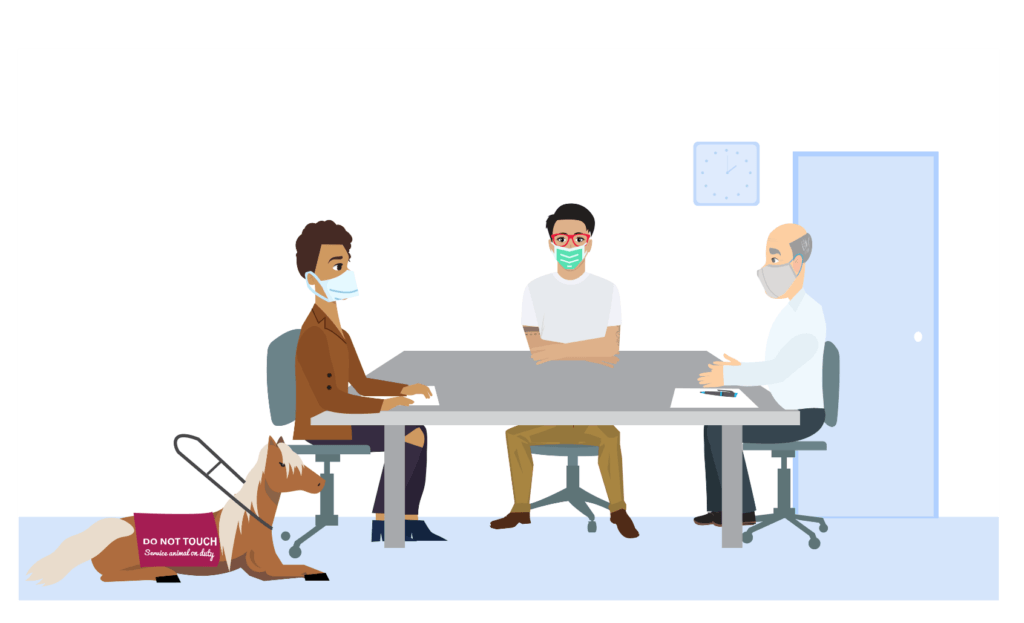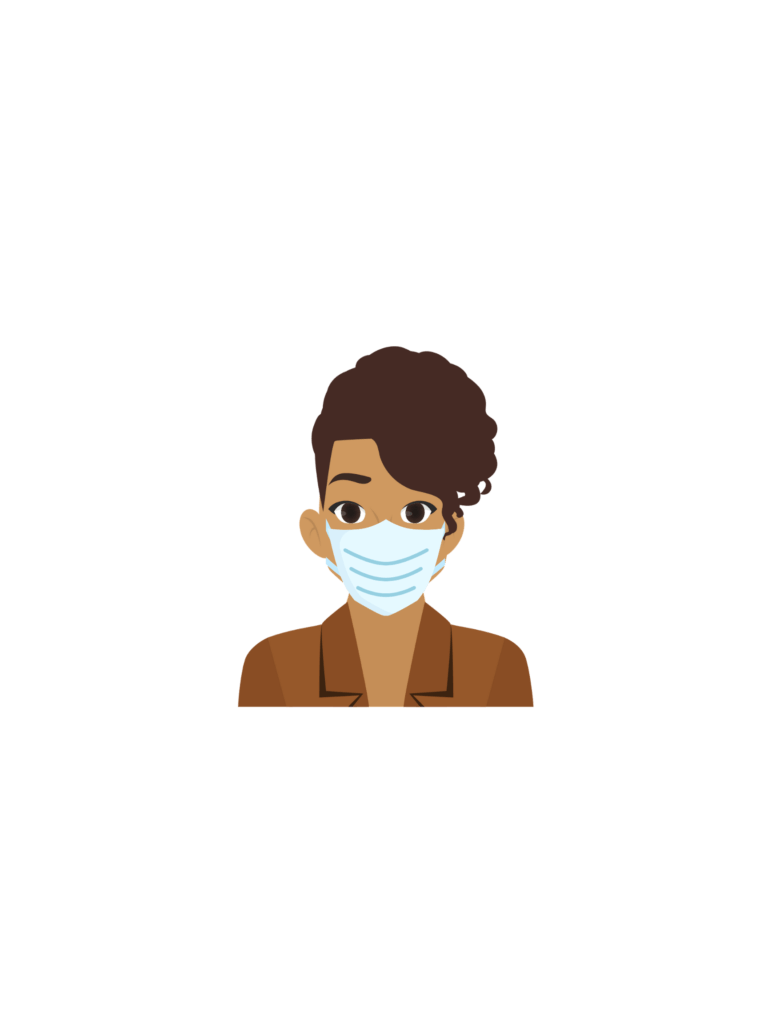Where Does Disability Fit Within the System? _review


EM: Terrye, you may be wondering where responsibility for people with disabilities fits into the system.
The truth is that within the U.S. emergency, disaster, and pandemic management system there is no specific place for people with disabilities.
For example, take the Emergency Support Functions (ESF). The federal government established 15 functions, but disability doesn’t specifically fit into any one of them.
The National Incident Management System (NIMS) and Incident Command System (ICS) set out emergency responder hierarchy and roles but don’t mention people with disabilities.
? Think about your community’s emergency planning. Can you see how disability could get lost?
EM’s Response
Disability can get lost because there is confusion about legal responsibilities. In whole community (inclusive) emergency planning, local planners involve and partner with people with disabilities, disability organizations, and service providers. The idea is that if people with disabilities are represented, their needs won’t be ignored.
If people with disabilities are at the local emergency planning table, then they and their allies will speak up so that disability needs are addressed. With whole community planning, local public health and emergency management planners include the whole community so that no one is left behind.

Carrie: Disability can get lost because of a focus on medical problems.
Many people, including some public health personnel, emergency managers, clinicians, and members of the public, may consciously or unconsciously think of people with disabilities only in terms of medical diagnoses, labels, or “deficits.” They may think negatively about disability.
Other people think of disability as a valued identity, attribute or experience.
When someone thinks of disability only as a medical problem, they may make emergency planning and response decisions based on inaccurate assumptions or bias. These assumptions or biases impact the decisions and policies made about people with disabilities.
Decisions based on inaccurate assumptions or bias are likely to exclude people with disabilities from full participation in community emergency planning or receiving emergency services.
These kinds of decisions can increase inequity and lead to discrimination. These decisions don’t just harm people with disabilities. They harm the whole community and decrease community resilience. A community that isn’t resilient won’t bounce back easily after a disaster or pandemic.
People with disabilities are an important demographic in every community.
Click the quiz link below to check your learning and continue.
